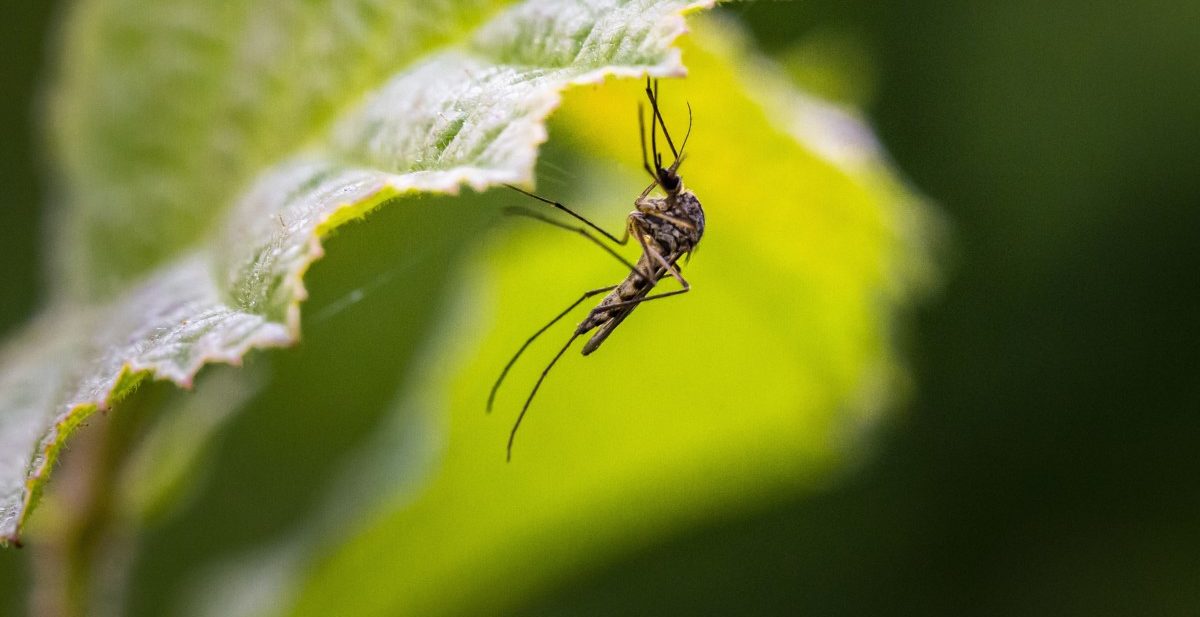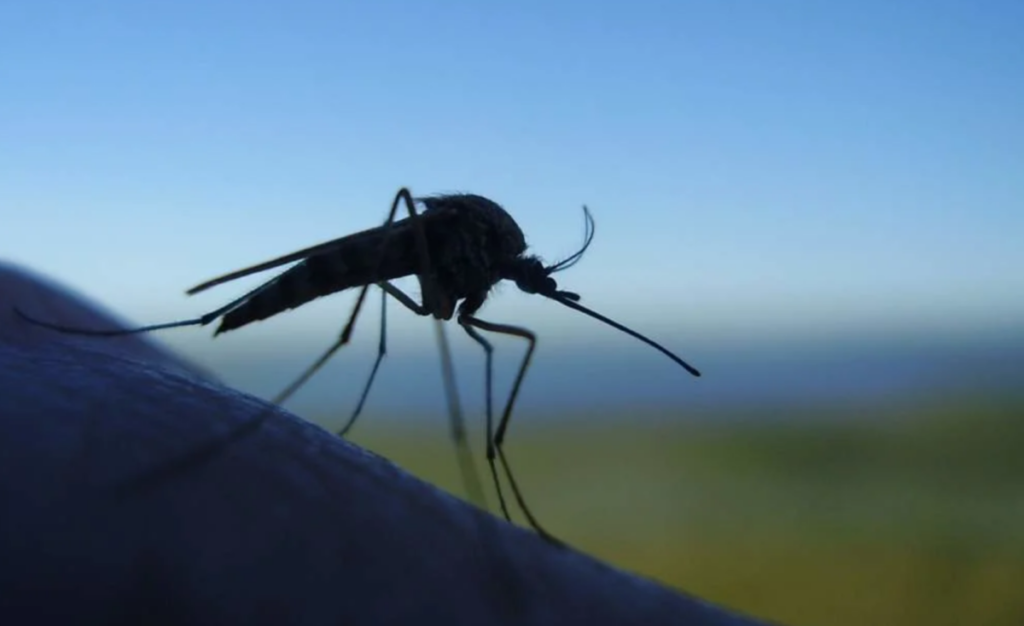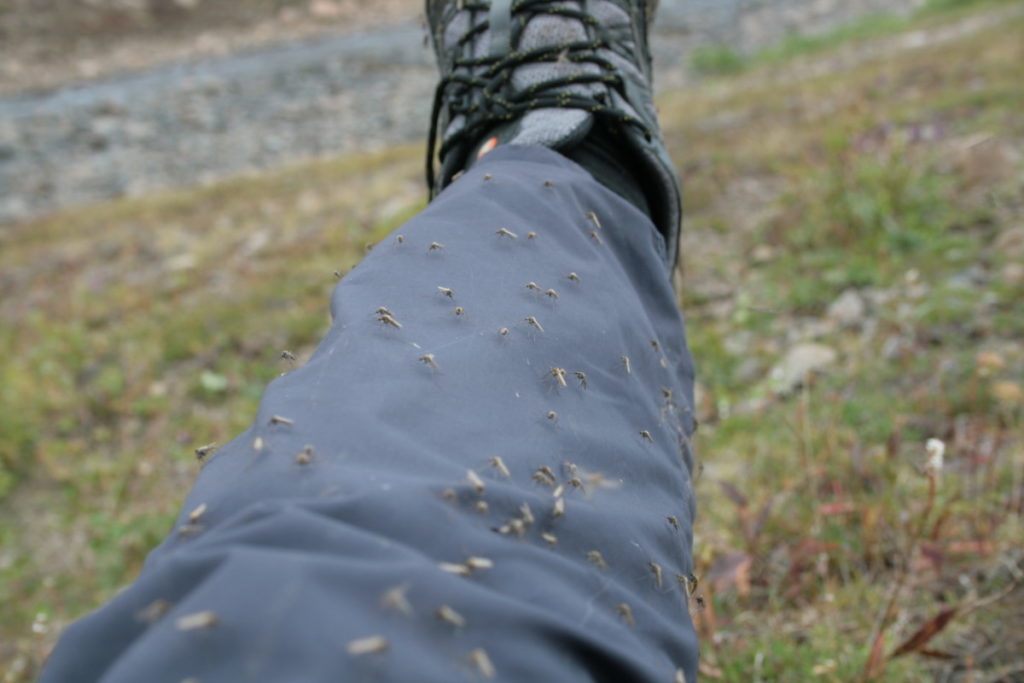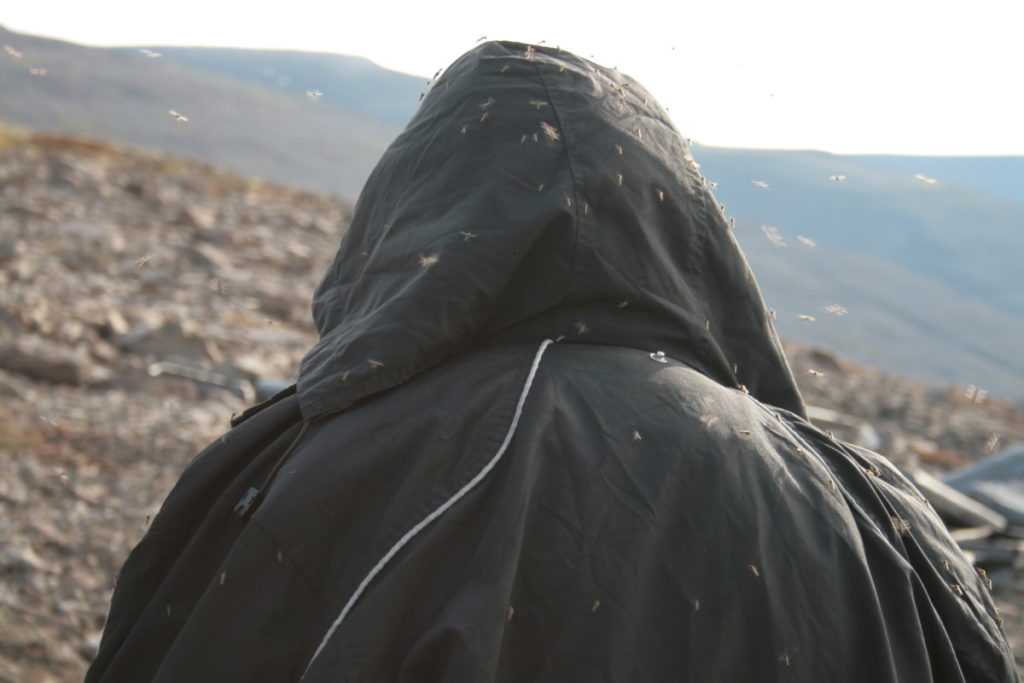#ARCTIC. #SIBERIA. THIS IS TAIMYR. It was parasitologist Donald Ross who discovered that the malaria vectors are female mosquitoes of the Anopheles genus. For which the doctor was awarded the Nobel Prize in 1902. Ross suggested celebrating the day of the mosquito to draw attention to the dangerous disease.
The problem of small annoying vampires, though not malaria, but ordinary ones, is well known to the Norilsk people. Also, the participants of the water expeditions in Taimyr, primarily Nikolay Urvantsev, left memories of how mosquitoes, midges and gadflies, which sat in clusters on their clothes, harassed them.
Bloodsuckers can be up to 14 millimeters long and live everywhere except Antarctica. Taimyr is a permanent habitat not only for mosquitoes, but also for their three relatives – horseflies, midges and biting midges. Our peninsula is inhabited by 15 species of mosquitoes, 17 species of horseflies, 13 species of blood-sucking midges. Residents of Norilsk and Dudinka especially suffer from little bloodsuckers in the tundra, and there are enough of them in the city.
The peak of gluttonous activity – mid-July – has already passed. But do not relax, there are still many warm days ahead in Taimyr. Mosquitoes, by the way, are good weather forecasters: feeling cold, they bite more.
Mosquito bites cause swelling, itching and redness, even in those who are absolutely not prone to allergies. In some cases, a bite can even cause anaphylactic shock; medical care in such cases must be provided as quickly as possible.
There is still debate about why mosquitoes devour some people and are indifferent to others. Scientists are inclined to believe that bloodsuckers react to smell in this way. If they bite – it means that you smell good for them. A certain perfume can also attract, so in nature the best perfume is a repellent.
The gnats do not like the smell of cloves, anise, basil, eucalyptus. Oils can be applied to the skin or dripped into a fire, but this will not help much. The indigenous northerners have always protected themselves from mosquitoes with the help of smokers – special fires into which they threw grass and twigs.
It is difficult to imagine, but true: mosquitoes make 500-1000 flaps of their wings per second (for comparison: bumblebees – 130-240, butterflies – 5-9 flaps). The record belongs to the Forcips mosquito, whose wings flap more than 2000 times per second. They make the well-recognizable “z-z-z-z!” sound by their wings.
Follow us on Telegram, Instagram and Facebook.
Text: Angelica Stepanova, Photo: Nikolay Shchipko and open sources






